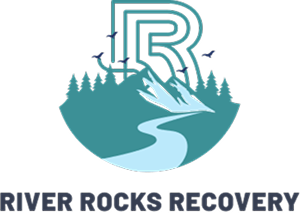Addiction is a complex condition influenced by a combination of genetic, psychological, and environmental factors. While anyone can develop a substance use disorder, certain individuals and populations are more vulnerable due to specific risk factors. Understanding these risk factors is key to identifying at-risk individuals and ensuring they receive timely and appropriate support through programs like Addiction Treatment Program, Partial Hospitalization Program (PHP), and Substance Abuse Treatment.
This guide delves deeper into the risk factors, vulnerable populations, and the role of professional care, such as Alcohol Rehab Treatment and Opiate Rehab Treatment, in addressing addiction effectively.
What Increases the Risk of Addiction?
1. Biological Factors
The biological makeup of an individual significantly affects their likelihood of developing addiction.
- Genetics: Research suggests that up to 50% of addiction risk is genetic. Individuals with a family history of substance abuse are more likely to develop addiction due to inherited traits related to brain chemistry and impulse control.
- Gender Differences: Men are more likely to use illicit drugs, but women tend to progress from substance use to addiction faster due to hormonal and neurological factors.
- Brain Chemistry: Variations in the brain’s reward system can make some individuals more susceptible to addiction. Drugs like opioids, alcohol, and stimulants over activate this system, leading to dependency.
2. Psychological Factors
Mental health challenges play a significant role in increasing addiction risk.
- Mental Health Disorders: People with anxiety, depression, PTSD, or bipolar disorder are at higher risk of substance use. These individuals may turn to drugs or alcohol as a way to self-medicate and manage their symptoms.
- Trauma History: Childhood trauma, abuse, or neglect often results in emotional dysregulation, making substances a tempting coping mechanism.
- Impulsivity and Sensation-Seeking Behavior: Individuals who are naturally impulsive or seek novelty and excitement may experiment with substances, increasing their risk of addiction.
3. Environmental Factors
The environment in which a person is raised or currently lives can heavily influence their risk of addiction.
- Family Dynamics: Growing up in a household where substance abuse is normalized or where there is a lack of parental supervision significantly increases the likelihood of addiction.
- Peer Influence: Adolescents and young adults are particularly susceptible to peer pressure, which can lead to experimentation with drugs or alcohol.
- Socioeconomic Challenges: Poverty, unemployment, and limited access to healthcare and education can exacerbate stress and increase the likelihood of substance use.
4. Substance-Related Factors
Some substances are inherently more addictive than others, increasing the risk of dependency even with casual use.
- High-Risk Substances: Opiates like heroin and fentanyl, stimulants like methamphetamine and cocaine, and benzodiazepines are known for their high addiction potential.
- Early Use: Individuals who begin using substances during adolescence are at a significantly higher risk of addiction due to the ongoing development of the brain.
Populations Most at Risk for Addiction
While addiction can affect anyone, certain populations are at greater risk due to specific vulnerabilities:
1. Adolescents and Young Adults
- Why They’re at Risk: This group is more likely to experiment with substances due to peer pressure, curiosity, and underdeveloped impulse control.
- Common Substances Abused: Alcohol, marijuana, vaping products, and party drugs like ecstasy.
2. Individuals with Co-Occurring Disorders
- Why They’re at Risk: Those with mental health conditions such as anxiety, depression, PTSD, or bipolar disorder are more likely to self-medicate with drugs or alcohol, leading to dependency.
- Treatment Needs: Dual diagnosis programs are essential to treat both the mental health condition and the addiction simultaneously.
3. Veterans and First Responders
- Why They’re at Risk: Exposure to high-stress environments and traumatic events increases the risk of PTSD, often leading to substance use as a coping mechanism.
- Common Substances Abused: Alcohol and prescription opioids.
4. Individuals with a Family History of Addiction
- Why They’re at Risk: Genetic predisposition, combined with learned behaviors from family members, increases susceptibility to addiction.
5. Individuals in Poverty
- Why They’re at Risk: Financial stress, lack of access to education and healthcare, and exposure to high-risk environments can lead to substance use as a means of escape.
6. Individuals Using High-Risk Substances
- Why They’re at Risk: Substances like heroin, fentanyl, and methamphetamine have a high addiction potential, increasing the likelihood of dependency after initial use.
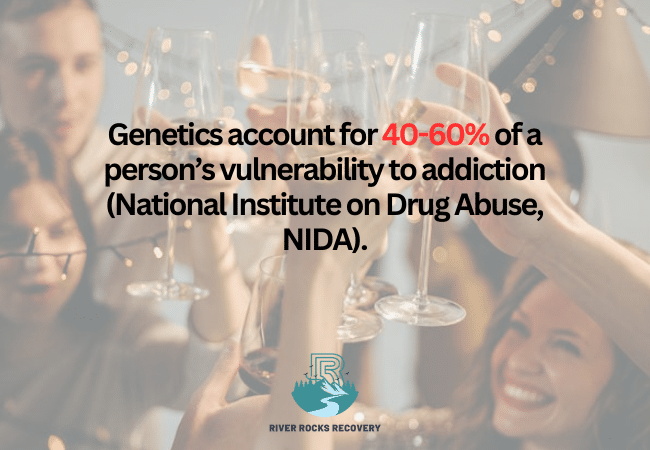
Preventing Addiction in At-Risk Populations
1. Education and Awareness
- Schools and community programs can provide education about the risks of substance abuse, helping young people make informed decisions.
- Awareness campaigns can target high-risk populations, such as veterans and individuals in poverty.
2. Addressing Mental Health Needs
- Access to mental health services is essential for individuals with anxiety, depression, or trauma.
- Programs like Partial Hospitalization Programs or Intensive Outpatient Programs can provide integrated care for mental health and substance use disorders.
3. Building Strong Support Systems
- Positive relationships with family, friends, and mentors can provide emotional stability and reduce the likelihood of substance use.
- Peer support groups and sober living environments offer encouragement and accountability.
4. Early Intervention
- Identifying and addressing substance use early can prevent progression to addiction.
- Screening and brief interventions in schools, workplaces, and healthcare settings can connect at-risk individuals to treatment.
How Professional Treatment Programs Help
When addiction develops, professional treatment is essential for recovery. Tailored programs address the unique needs of each individual, considering their risk factors and substance use history.
Comprehensive Treatment Options Include:
- Addiction Treatment Program: A full-spectrum approach to address the physical, emotional, and psychological aspects of addiction.
- Partial Hospitalization Program (PHP): Provides structured, intensive therapy during the day while allowing patients to return home at night.
- Intensive Outpatient Program (IOP): Offers flexible scheduling for individuals balancing recovery with work or family responsibilities.
- Outpatient Treatment Program: Ideal for those transitioning from more intensive care or with mild substance use disorders.
- Alcohol Rehab Treatment: Specialized care for individuals recovering from alcohol dependency.
- Opiate Rehab Treatment: Incorporates medication-assisted treatment (MAT) and therapy to address opioid addiction.
- Methamphetamine Rehab Treatment: Focused care for individuals recovering from stimulant addiction.
Conclusion
Addiction is a multifaceted condition, and while anyone can be affected, certain individuals and populations are at greater risk due to biological, psychological, and environmental factors. By recognizing these vulnerabilities, society can implement early intervention strategies and provide targeted treatment to those in need.
Professional programs like those offered by an Addiction Treatment Center in Ohio are critical for addressing addiction effectively. With options such as Partial Hospitalization Programs, Intensive Outpatient Programs, and specialized care for substances like alcohol, opiates, and methamphetamine, recovery is within reach. Take the first step and contact us today at (888) 905-6281.
FAQ on Who Is Most at Risk for Addiction?
What factors increase the risk of addiction?
Addiction risk is influenced by biological, psychological, and environmental factors. Key factors include genetics, mental health disorders, a history of trauma, and exposure to high-risk environments.
Which populations are most vulnerable to addiction?
Adolescents, individuals with mental health conditions, veterans, people with a family history of addiction, and those living in poverty are among the most at-risk groups for developing substance use disorders.
How can addiction be prevented in high-risk populations?
Prevention strategies include education, mental health support, building strong support systems, and early intervention. Access to resources like community programs and counseling can reduce risks.
How does professional treatment help individuals at risk?
Treatment programs such as Partial Hospitalization Programs (PHPs) and Addiction Treatment Programs address the underlying causes of addiction while providing tools for recovery and relapse prevention.
What substances pose the highest risk of addiction?
High-risk substances include opioids (heroin, fentanyl), methamphetamine, alcohol, and benzodiazepines, which are particularly addictive due to their strong effects on the brain’s reward system.










